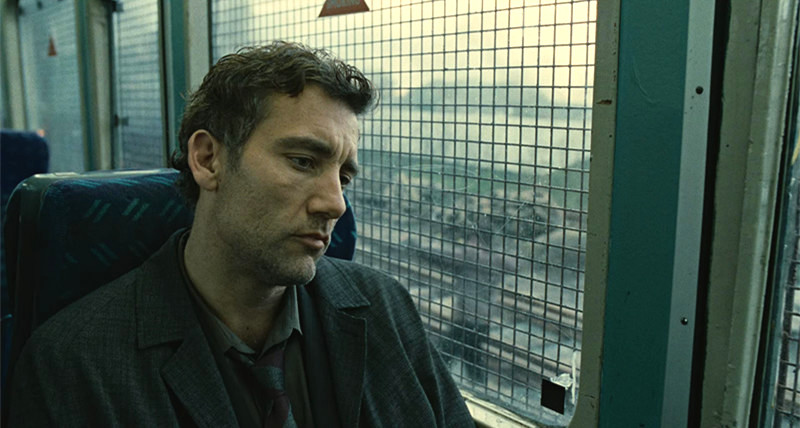
Cinema inspires, astounds and mesmerizes us, transporting us to situations and locations totally alien to our daily lives or so similar to our own experiences and feelings we can hardly believe someone had managed to capture them. Cinema allows us to live in other worlds and other times, to jump inside the skin of others and experience the unknown. And, in all its style and gloss and bravado, cinema is the definition of cool.
All of the above is true tenfold for a particular filmmaking device: extended single-shot sequences. The long takes and tracking shots of extended single-shot sequences are a technical marvel, requiring a deft hand and extremely skillful manipulation of light and shadow, timing, and movement. But the function of these sequences goes beyond technical prowess—their role is to immerse the audience inside the scene so completely that the film becomes for the audience a temporary reality. And when done right, with style and confidence, certain extended single shots in cinema practically glisten with cool.
Here are 16 of the coolest single-shot sequences in cinema.
16. Hard Eight (1996), directed by Paul Thomas Anderson, D.P.: Robert Elswit
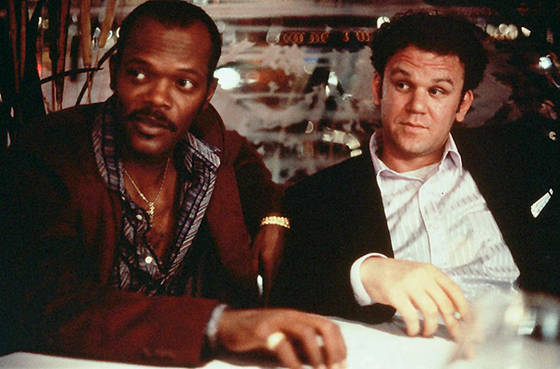
The debut feature of director Paul Thomas Anderson is also his most overlooked. Hard Eight is as slick as the rest of Anderson’s catalog, but the off-beat casino drama is bequeathed with an extra smattering of glitz: the film oozes cool. Although Philip Baker Hall’s mesmerizing performance as smooth-as-silk gambler-conman Sydney is responsible for much of these vibes, it’s the film’s setting of the glossy Reno casinos that provides the bulk of them.
No scene in the film shows this more vividly than the 1-minute-20-seconds tracking shot that follows Sydney through the casino. With the screen awash in glowing neon, blinking machines, and frenetic gambling energy, few scenes in cinema immerse the viewer inside a casino quite like this one.
15. The Protector (2005), directed by Prachya Pinkaew, D.P.: Nattawut Kittikhun
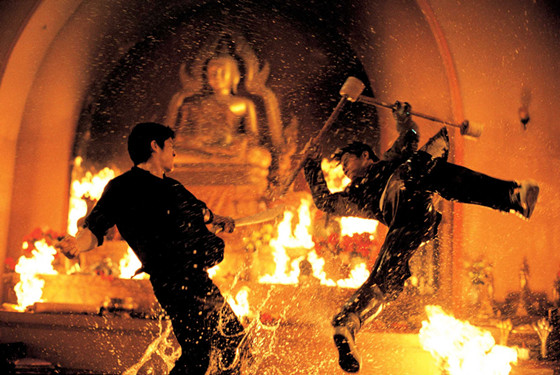
Thai actor Tony Jaa exploded onto the international martial arts scene with his lead role in Prachya Pinkaew’s Ong-Bak: Muay Thai Warrior in 2003, which featured some of the most incredible fighting scenes ever filmed, including many in excellently rendered long takes. Then, two years later, Jaa and Pinkaew teamed up again for The Protector and somehow stunned martial arts fans the world over once again with a film that was bigger, bolder, and more accomplished in every way than its predecessor.
The film concerns a peaceful young man (who happens to be an insanely talented Muay Thai fighter) who lives in rural Thailand where he tends to the elephants that he absolutely adores until one day a baby elephant is stolen and transported to Australia where this man must go to retrieve the elephant at all costs. While plot is obviously not the focus of martial arts films, The Protector is surprisingly touching all the same in between all the expertly choreographed fight scenes, the most impressive of which is the single-shot sequence that follows Jaa up through a building as he battles a seemingly never-ending supply of goons. It’s still one of the longest single-shot hand-to-hand combat scenes ever filmed, and one of the most accomplished.
14. Boogie Nights (1997), directed by Paul Thomas Anderson, D.P.: Robert Elswit
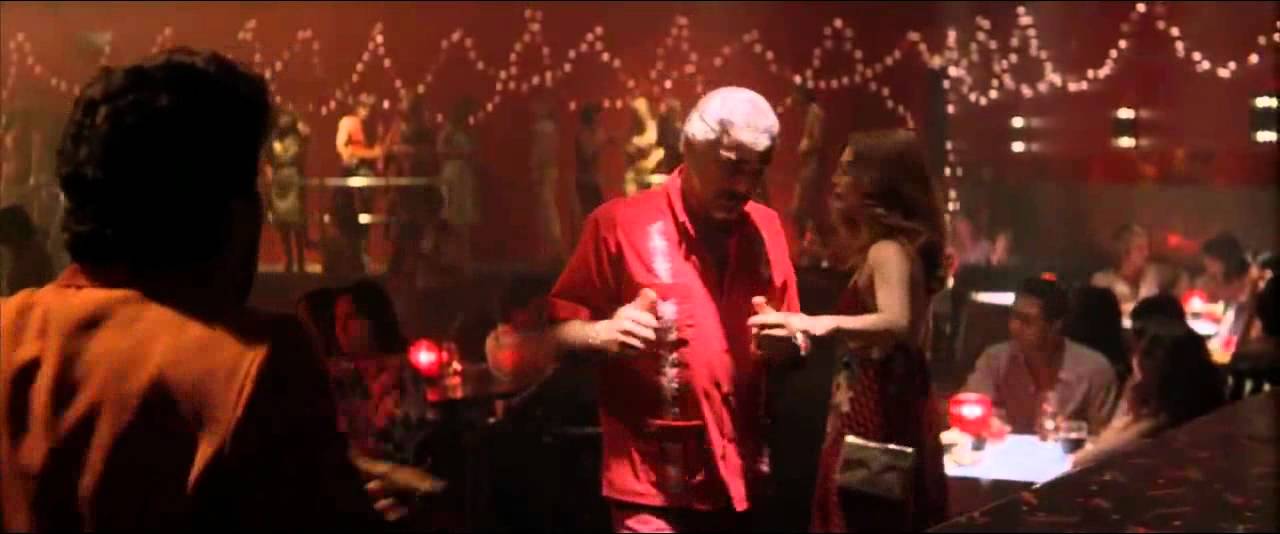
The second Paul Thomas Anderson film on this list opens with a tracking shot so gloriously joyous and vibrant it’s impossible not to become infatuated with the movie immediately upon seeing it. Influenced in no small part by the famous long take from a certain Martin Scorsese film also included on this list, Anderson’s opening shot instantly transports viewers to a nightclub in 1970s San Fernando Valley (AKA Porn Valley) and into a tale chronicling the rapid rise to stardom and eventual decline of a young male porn star in California’s booming porn industry of the era—a trajectory which mirrors that of the industry itself as the epoch peaks and ends.
With a knockout cast, complex characters, and subtle script, Boogie Nights is a classic Hollywood film about Los Angeles and, through its pornography-industry analogy, about Hollywood itself. This opening shot establishes that perfectly.
13. Jackie Brown (1997), directed by Quentin Tarantino, D.P.: Guillermo Navarro
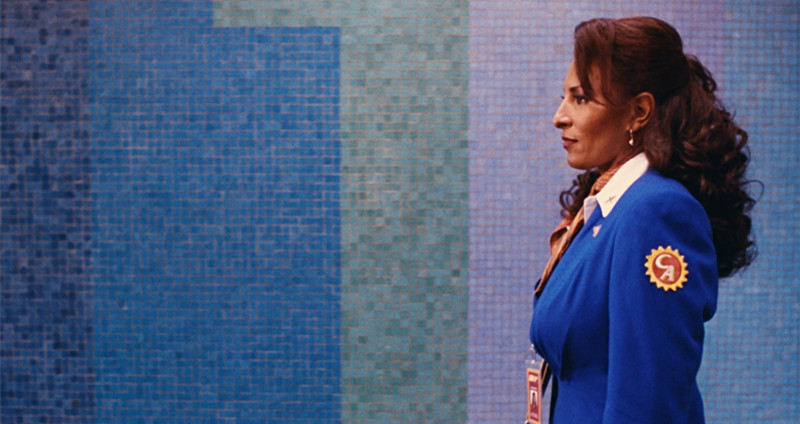
Few directors, if any, epitomize cool in their films like Quentin Tarantino. Although Pulp Fiction is Tarantino’s most obviously cool movie, the filmmaker’s underrated gem of Jackie Brown positively oozes cool as well—it just does so in a more restrained, less flashy fashion. Adapted from the novel Rum Punch by crime fiction legend Elmore Leonard—who is perhaps Tarantino’s biggest influence outside of cinema—Jackie Brown’s eponymous character is a middle-aged black woman and the setting is Los Angeles, both of which differ from the book’s white-skinned Jackie Burke and setting of Miami.
In making these changes, Tarantino lifted the story from entertaining crime caper with a middle-aged woman lead—which was somewhat radical—to a retro blaxploitation featuring a middle-aged person of color in the lead role (played by Pam Grier, no less) and a soundtrack and style evoking the blaxploitation films of the early 1970s while avoiding the harmful stereotypical portrayals of black Americans prevalent in those films—all of which added up to being very radical.
In true Tarantino fashion, the film’s entire intentions are introduced vividly and stylishly in the film’s opening sequence in which the camera follows Brown for the entire length of Bobby Womack’s “Across 110th Street” (itself the theme tune to the 1972 film of the same name about violence between blacks and whites in New York City). Even the font of the text as the movie’s title appears on the screen during this sequence evokes this era: it’s the same font as 1974’s Foxy Brown, also starring Grier. By the time this opening sequence ends, the tone of Jackie Brown is firmly established, and the audience has been sucked deep into Tarantino’s world.
It’s worth noting that Tarantino lifted this opening straight out of the opening sequence of Mike Nichols’ The Graduate (1967) starring Dustin Hoffman. But Tarantino’s rendition adds subtle layers of meaning to its use of the shots, and is more memorable and visceral.
12. The Shining (1980), directed by Stanley Kubrick, D.P.: John Alcott
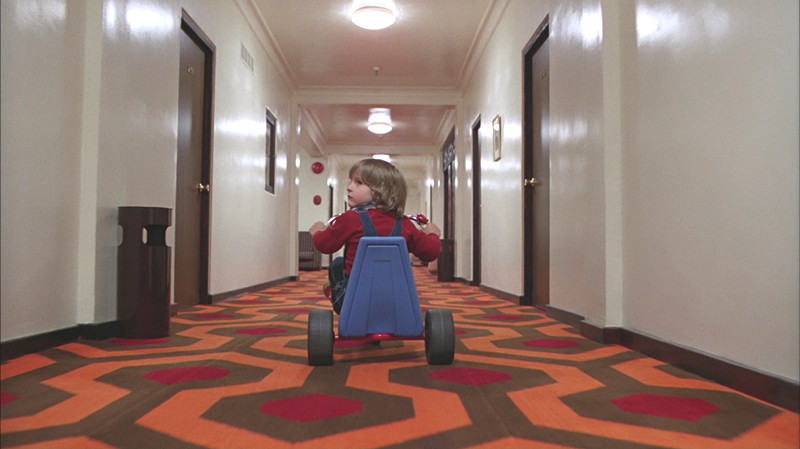
Because of how important the setting of the Overlook Hotel is in Stanley Kubrick’s adaptation of Stephen King’s horror novel, it was crucial that the film bring the hotel vividly to life as a character in its own right. The unsettling silence of the huge, empty Overlook is the source of the film’s (ironically) claustrophobic atmosphere, so bringing the audience into the hotel was key. Kubrick achieved this vividly in his use of a long tracking shot that glides behind little Danny Torrance as he cycles his tricycle around various sections of the hotel.
The eerie smoothness of the camera’s movement combined with the quick pace evokes a sensation of something in pursuit of Torrance rather than merely following him. Which is to say, the tracking shot feels less like the audience along for the ride and more like the audience privy to a sinister presence observing the child intently. The vast emptiness of the hotel, its creepy color scheme, and the cold silence masked only by the tricycle’s spinning wheels are the finishing touches that preserve this sequence in cinema history.
11. Hard Boiled (1992), directed by John Woo, D.P.: Wing-Hang Wong
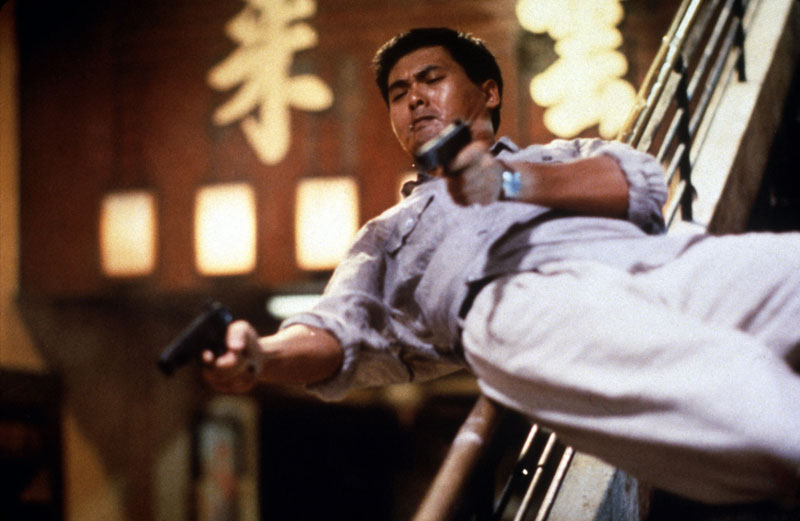
Looking a little like most of Die Hard and the prison shootout in Terminator, the famous hospital shootout sequence in John Woo’s Hard Boiled delivers so much energy and fast-paced thrills that even by modern standards it feels fresh. With the camera largely showing the POV of the protagonist as he blasts dozens of enemies into oblivion, the effect is similar to that of shoot-’em-up video games such as Doom.
The stylized, intimate violence and creative spin on action movie tropes in John Woo’s films provided great inspiration for a generation of filmmakers, and Hard Boiled is Woo’s masterpiece, as well as one of the greatest action movies of all time.
10. Oldboy (2003), directed by Chan-wook Park, D.P.: Chung-hoon Chung
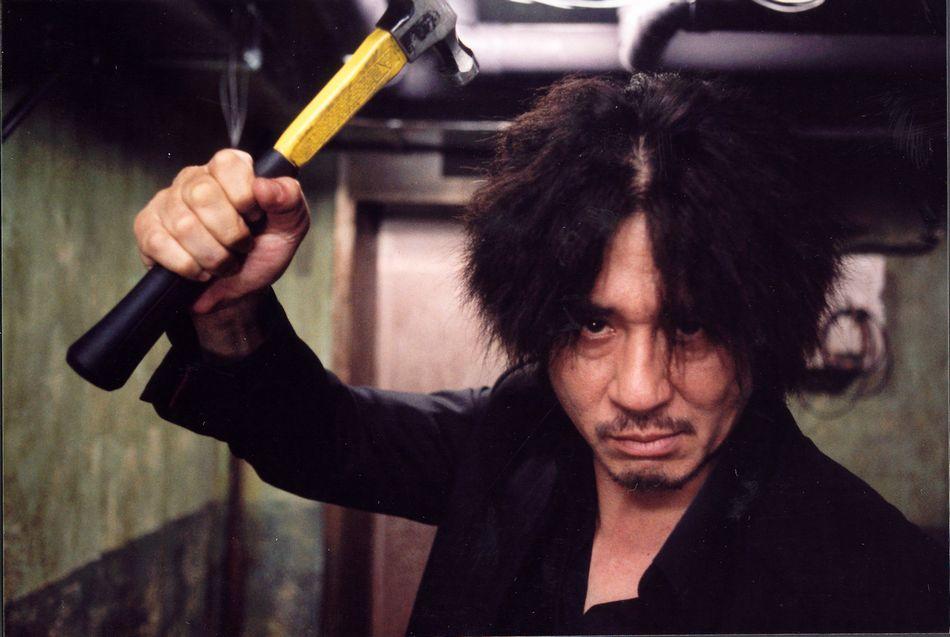
At a screening of Oldboy in Toronto earlier this year, the host introduced the film with background information on South Korean culture, claiming that rage bubbles beneath the surface of that country’s society, waiting to erupt. If this statement is true, almost no South Korean film expresses that rage so ferociously as Oldboy (the only film that outdoes Oldboy in this regard is Jee-woon Kim’s I Saw the Devil from 2010).
The story of a seemingly innocent man imprisoned in a tiny room without explanation for fifteen years until suddenly released and craving revenge, the man’s rage-induced desperation is most vividly displayed in a virtuoso single shot in which the man, played brilliantly by modern legend of South Korean cinema Min-sik Choi, fights an army of goons (easily more than thirty) in a narrow hallway with nothing but a hammer and his bare hands to the subtle soundtrack of a Western-electronic fusion theme and the bone-crunching and deep-breathing sounds of hand-to-hand combat loaded with realism.
9. True Detective, Season 1, Episode 4 “Who Goes There” (2014), directed by Cary Joji Fukunaga, D.P.: Adam Arkapaw
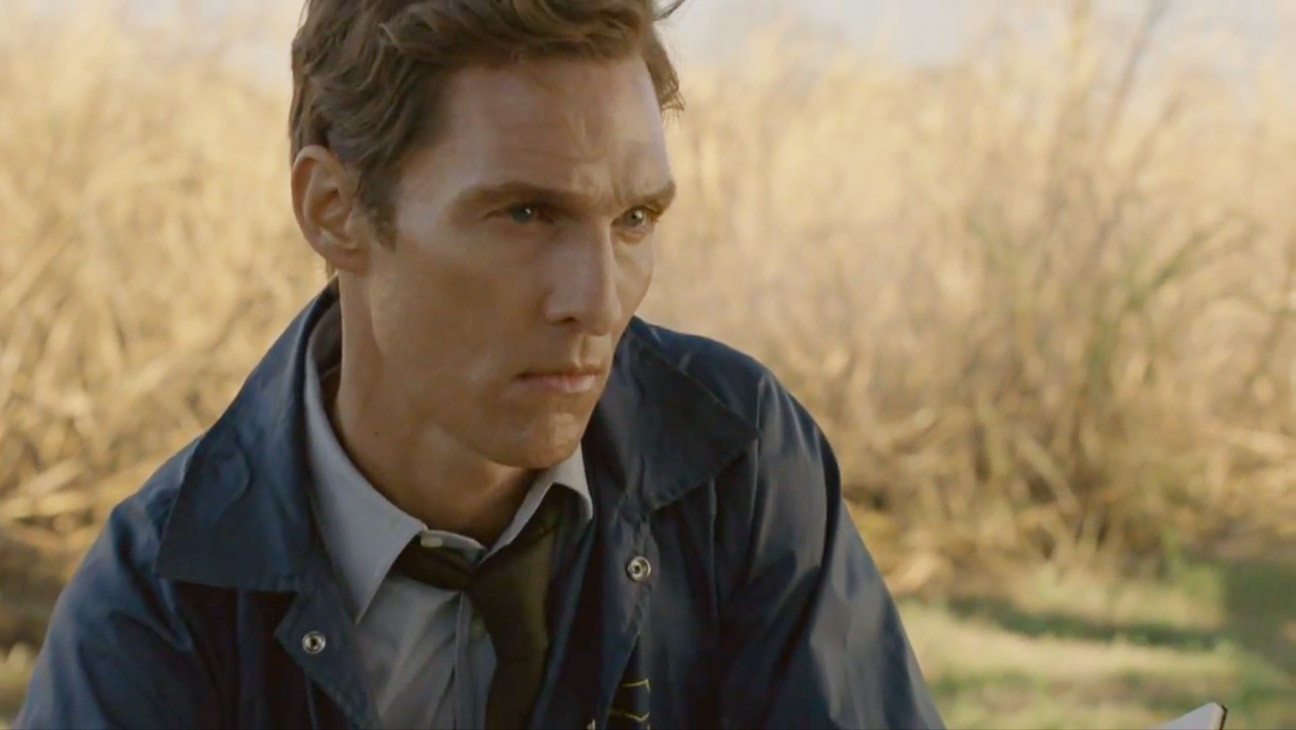
Since the debut of The Sopranos in 1999, television drama series have become increasingly cinematic, and, adding the rise of streaming services into the mix, the distinction between film and TV has blurred considerably. Season one of Nic Pizzolatto’s True Detective is arguably the greatest example of just how cinematic TV can be—and no sequence in the entire show displays this better than the mind-blowing tracking shot that occurs during a faux police raid while Matthew McConaughey’s Detective Rust Cohle is undercover.
The sequence is a whopping five and a half minutes of high tension and explosive action with intricately timed choreography, and showcases the recognizable visuals that season one of True Detective is known for. There is a moment occurring around the 2 minutes, 50 seconds mark when a cleverly disguised cut might be hidden, but the effect is seamless, and the two shots either side of the cut are masterful examples of how visceral single-shot sequences can be.